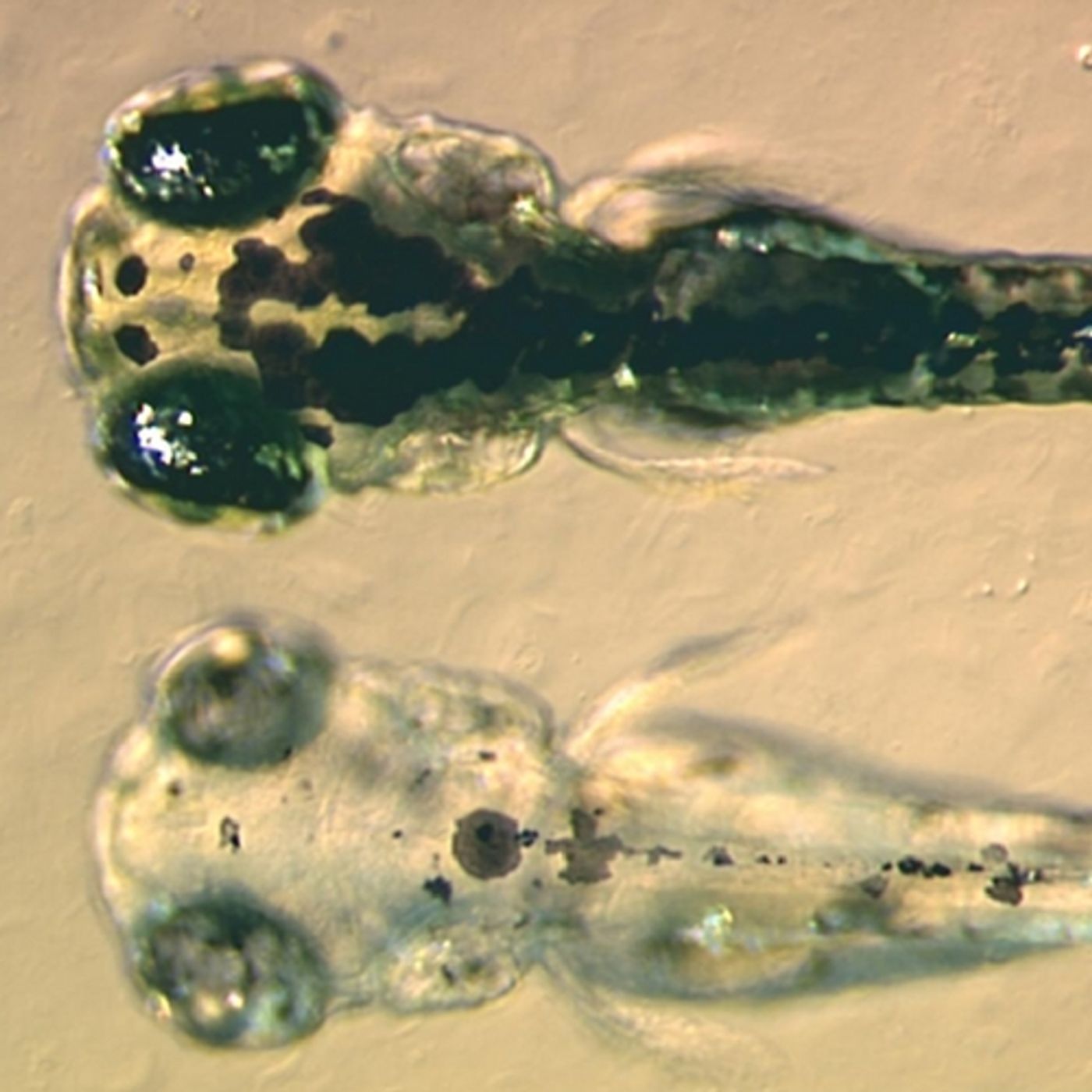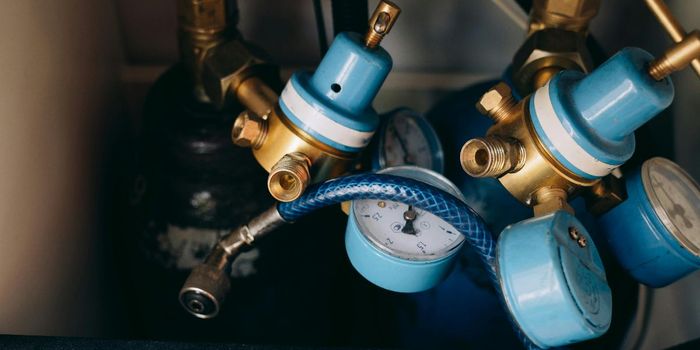The Tiny Zebrafish is Helping With Concussion Research
Researching some neurological conditions can be difficult. Diseases like Alzheimer's, Parkinson's and Chronic Traumatic Encephalopathy (CTE) can only be definitively diagnosed after death when a post-mortem examination of brain tissue is done. That's where lab animals come in.
There are many similarities between some animals and humans. A rat or mouse model is often used because, in many species, the genetics and biology closely resemble the human model. Lab mice and rats are easy to train, easy to breed and many conditions that humans have can be mimicked in a mouse or rat model.
Another commonly used lab animal is the zebrafish (Danio rerio). While it might seem impossible that a tiny fish could resemble a human in any way, the truth is that about 70% of the genes in a zebrafish are related to human genes. Like rats and mice, zebrafish are quick to breed, easy to keep and because their embryos are transparent many developmental stages can be seen directly. They don't play sports, but they have become useful in studies on concussion and brain injury.
Unlike humans, the zebrafish can regenerate some tissue, and the brain is included in that. When a person suffers a head injury, neurons die, and the body cannot replace them. In a study completed at the Keck Science Department in Claremont, CA, researchers were able to induce a concussion in zebrafish and then study the recovery period as well as the mechanism involved in regeneration. So just how does a zebrafish get a concussion? It's a very precise method that the researchers used at Keck. A zebrafish was placed in a cradle made of wet foam. After being anesthetized, the fish are struck on the head with a ball bearing weighing .33g. The ball bearing starts about 1cm above the fish, on a guide tube and the impact is targeted to a specific spot between the eyes of the fish.
For the next three weeks, the fish were kept in a recovery tank for observation. During this period the fish exhibited signs of traumatic brain injury, including forgetting how to stay in schools with other fish. The zebrafish is known for its ability to stay with a group to avoid predators and find food, but brain-injured fish lose the ability to do this. Humans who have had brain injuries also suffer from spatial awareness issues as well. After the fish recovered, they were euthanized, and the team at Keck sequenced the RNA to see which genes were involved in regenerating neurons.
The genes that were involved had been identified in previous research, but the scientists at Keck were able to discern a pattern that is unique to zebrafish. Looking at differentially expressed genes (DEGs) at different intervals post-injury, there was a distinct pattern where in the early days after the injury it was all about injury response pathways and later the genes expressed were the ones involved in regeneration. While it's always been known that zebrafish have the ability to regenerate, understanding the specific mechanics of the process could help researchers understand what happens post-injury in the human brain.
Sources: Keck Science Center, via Society for Neuroscience/EurekAlert!, Inverse Magazine, eNeuro










